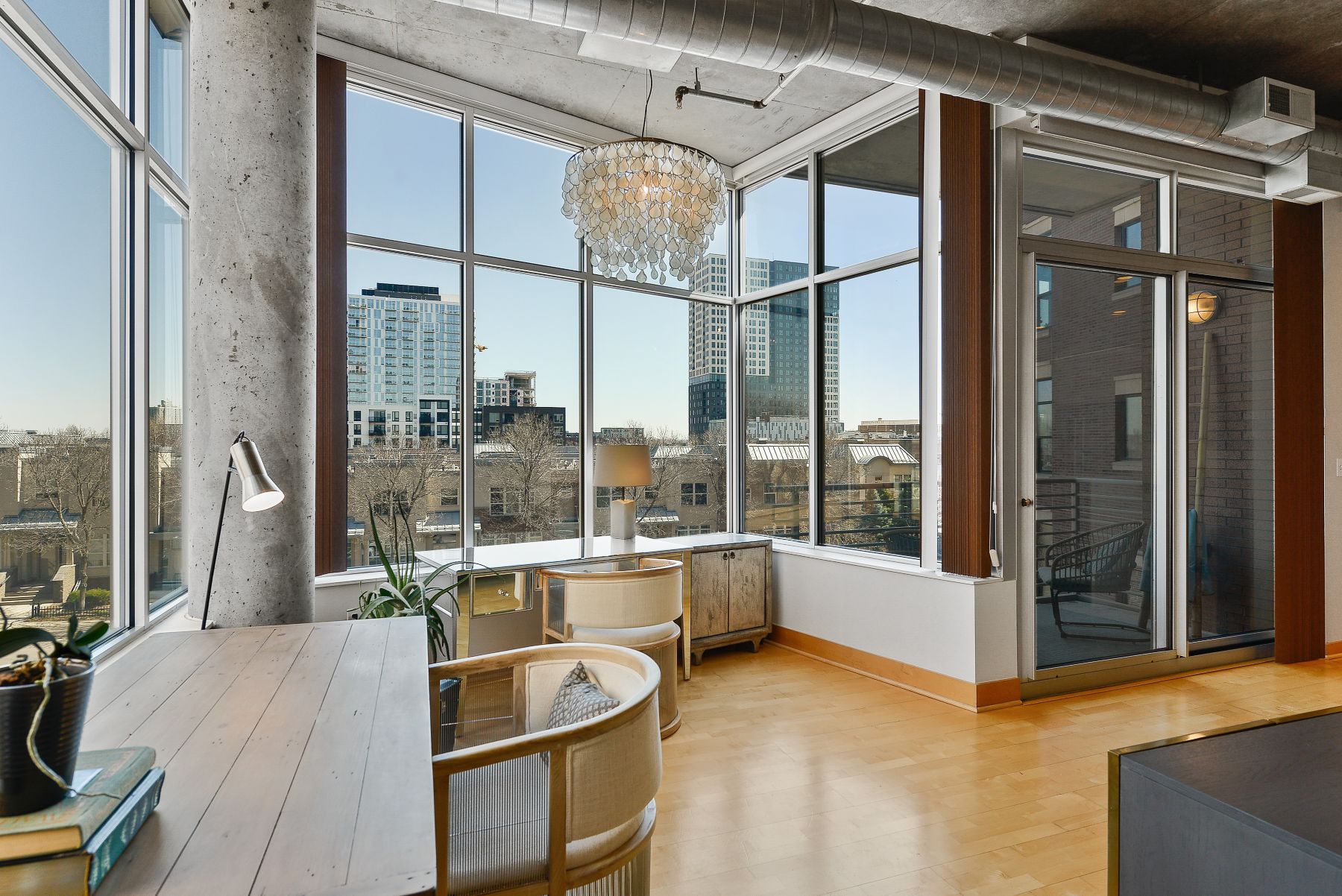Your Home Interior Lighting Guide
Often overlooked when decorating on your own; lighting is one of the most important aspects of your interior design scheme. As well as illuminating a room, it can completely transform the look of your space for better or for worse.
On the one hand, it can turn a drab room into a glossy-magazine-worthy space with the simple flick of a switch. On the other hand, it can under- or over-illuminate. This could result in headaches, tired eyes, and lighting fatigue.
Lighting is one of the most important elements to creating a space that achieves your desired outcome. Whether that vision is spectacular, moody, comfy and relaxing, or vibrant and full of energy – your lighting choices will play a crucial part in the final product.
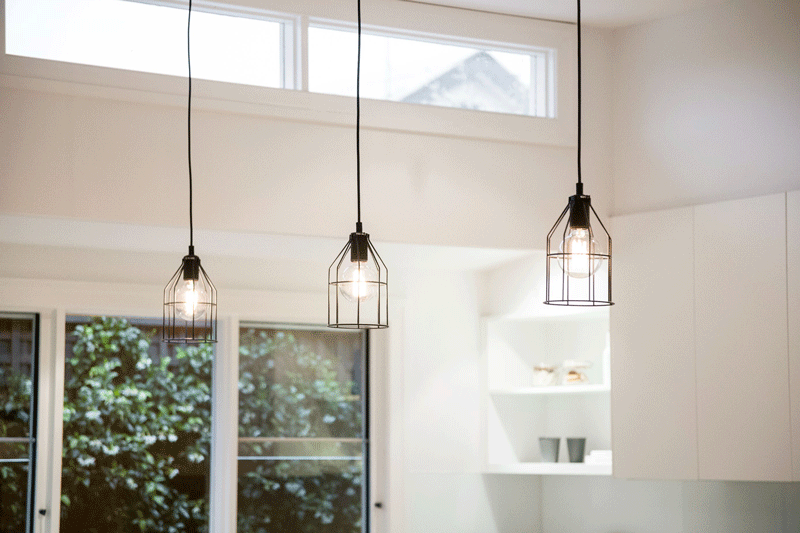
Types of Light
There are two main sources (or types) of light that every space has to work with – natural light and artificial light. So let’s dive in to discover all you need to know about creating a well-lit space.
Natural light
Obviously, our most natural light source gets delivered directly from mother nature – Sunlight. It’s mentally stimulating and absolutely free. Sunlight can also be very difficult to control. Where you live will determine how natural lighting is delivered to you. For example, light in the north is much cooler than equatorial sunlight—and the direction your room is facing. The time of day and seasons also affect the amount of natural light a room has.
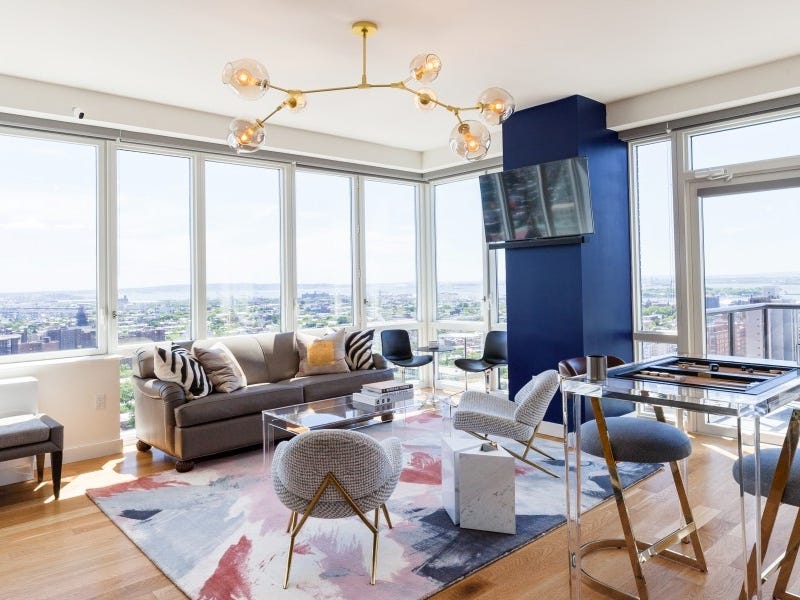
Window coverings are helpful in controlling natural light. In the example above you can see how your entire space may fade quickly or be too bright depending on the time of day. For rooms with little natural light, you may want to consider sheers and window treatments as effective ways of controlling natural light.
There may also be the issue of glare in a room that is too bright – it can look flat and cold. Including an alterable window treatment (like slat, Venetian, louver, or roman blinds) or plantation shutters are helpful in controlling sunlight and preventing glare without disrupting the aesthetic of your window.
Artificial light
You can also use artificial lighting to add layers of depth to your space. Warm lights are the most welcoming option for residential spaces (this is likely you!) As well as adding to the overall interior design style of a space, artificial lighting can be used to create neat zones in your room, highlight features or even alter the perceived size or proportions of the room.
Always bear in mind these lighting categories (below) when planning your lighting scheme. Think about where you need what, how you plan to use your space, and use a range of lighting effects to create the desired look.
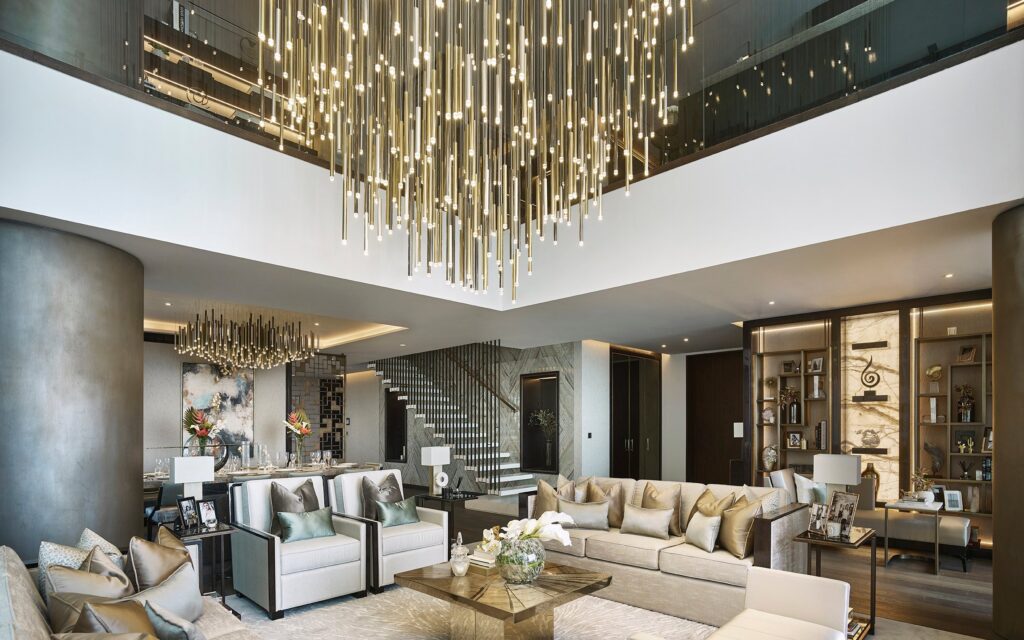
Task lighting
As its name suggests… task lighting is any light source used for a particular task like reading or cooking. By nature, these lights need to have a stronger wattage than other lighting solutions. Always combine with adequate ambient light, however, to avoid eye strain caused by the sharp contrast from light to dark areas.
Reading and working areas are some of the most obvious areas where you might use task lighting. Balanced-arm lamps make great desk designs whilst flexible reading lights fixed near a headboard are great for bedtime reading. Mirror lighting works well in personal grooming areas and bathrooms.
The kitchen is another area into which task lighting must be incorporated to make food preparation easier and safer. Under-cabinet spotlights, recessed downlights over worktops, or a long and low pendant light over a preparation island are just a few of the options for kitchen task lighting. Task lighting can also be used to create foot flow paths in a room or hallway or in the form of floor-level directional lights or riser lights on stairs.
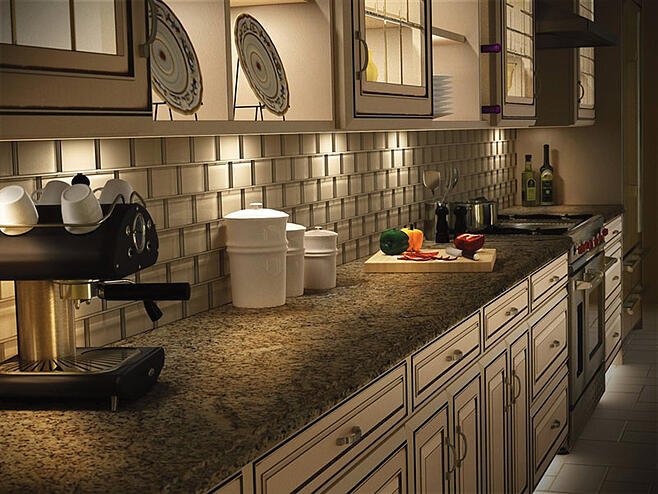
Accent lighting
Similar to task lighting, accent lighting has a particular function and is any lighting that has specifically been included to highlight a particular feature in a room.
Spotlights that highlight artwork, sculptures, and objects in cabinets or on pedestals are examples of accent lighting which enhance the pieces and prevent them from being lost in an under-illuminated space.
Similar to task lighting, because of its nature, accent lighting needs more lumens (the light output)—at least three times as much—and therefore requires a higher wattage.

Mood lighting
There’s a lot to think about when it comes to lighting in your home design. There are many more lighting possibilities to consider, but mood lighting may be the next one you should consider. Mood lighting is as important to the overall look of a room as general and ambient lighting. Your space would appear fairly naked without it. It makes a room pleasantly inviting by creating pools of light that counteract the shadows caused by general lighting.
It’s also an important element of a room’s style as it tends to be equally concerned with style as it is with function. Common and popular options we often see are table lamps and floor lamps.
Keep plug sockets close to where your lamps will be situated—another good reason to leave your electrical planning until nearer the end of your interior design project.
Because mood lighting is often the layer of lighting closest to eye level, it’s important to shade any glare from unsightly bare bulbs with a filter. The same goes for your general or ambient lighting if the bare bulb can be seen from below.
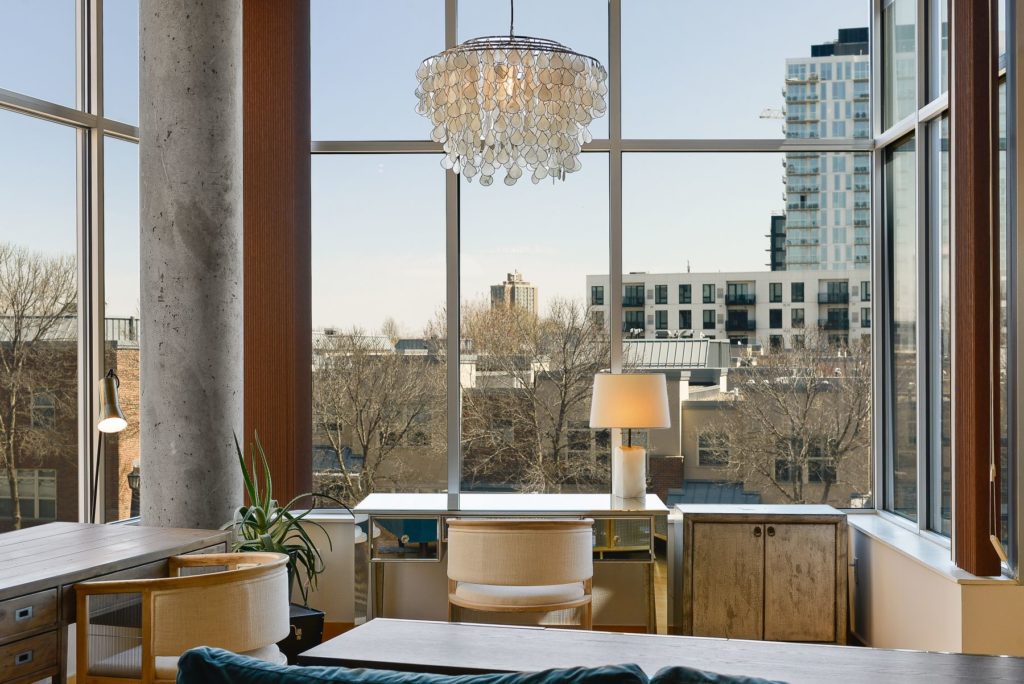
Tie your lighting together
In good (and great) interior design and home decoration, we tend to focus on light. Its the first thing a designer looks for when entering a space. If you are designing the life you love, then you’ll want to tie your lighting design all together to create brilliant spaces. Spaces for relaxation, spaces for entertaining, spaces for contemplation, cooking, and more.
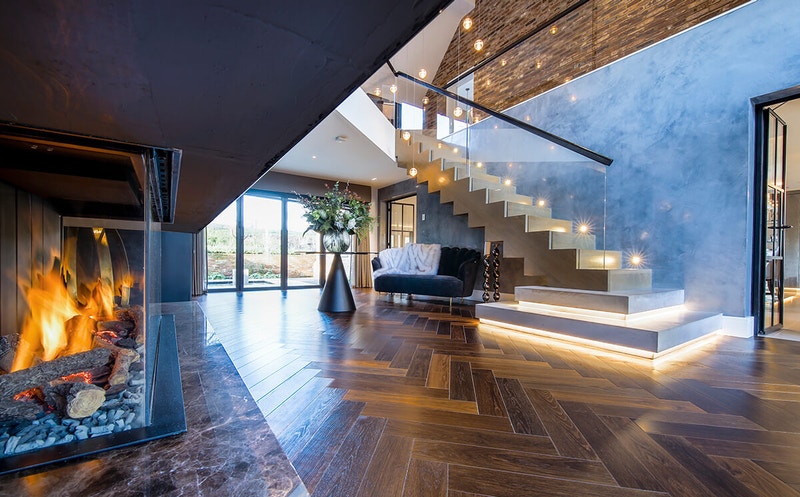
Contact Tiffany Hanken Design
Are you ready to engage in the interior design project that you’ve been dreaming of for many months or even years? Do you have questions about lighting in the design scheme? Contact Tiffany Hanken Design – our team of professionals is excited by the unique footprint and challenge your space will provide.

